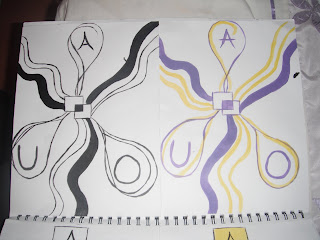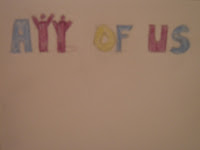Here are some logo design tips that I’ve learned in my time being a designer (Derek Kimbell)
1. Don’t worry about adding colors to your logo until after the design has been established.
2. Keep your design balanced.
3. Understand the meaning behind colors. You can read more about this in my post on Color Psychology.
4. Stay away from logos that are too wide or too tall. Try to keep the design compact.
5. A font choice can make or break a design. Chose one that fits the company you’re designing for. Also make sure the font goes well with the rest of the design.
6. Sketch out your ideas before you even touch a computer.
7. Your logo’s outline should be distinct.
8. Any logo should look good in black and white.
9. Don’t use lines or strokes that are really thin.
10. Avoid using too many colors. There are exceptions to every rule, but try to limit your color choices to 3 or less.
11. Research the company you are designing for, as well as it’s industry and competition.
12. Be unique and original rather than following the obvious or cliche route.
13. Avoid using too much detail or creating designs that are overly complex.
14. The logo needs to be distinguishable when viewed or printed at smaller sizes.
15. Create a design that communicates well.
16. Stay away from neon or extremely bright colors when ever possible.
17. Avoid the cliche/overused marks and symbols such as the “swoosh”.
18. Logos based around type should not include more than 2 fonts.
19. Create in vector format only.
20. Not every logo needs a mark (symbol).
21. If your design includes both a mark (symbol) and text, then make sure they compliment each other well.
22. Get your friends or family’s opinion on a logo before submitting it to a client.
23. Know the audience or target group you are creating the logo for.
24. Learn your software so it doesn’t hold you back.
25. Play around with shapes and typefaces if you are having trouble sketching out ideas.
26. A logo doesn’t always need to say what a company does.
27. Don’t design around trends. A logo should be timeless.
28. Chose fonts that are easily readable at large and smaller sizes.
29. Take advantage of the excellent online resources and books available on logo design.
30. A logo should be memorable.


























































